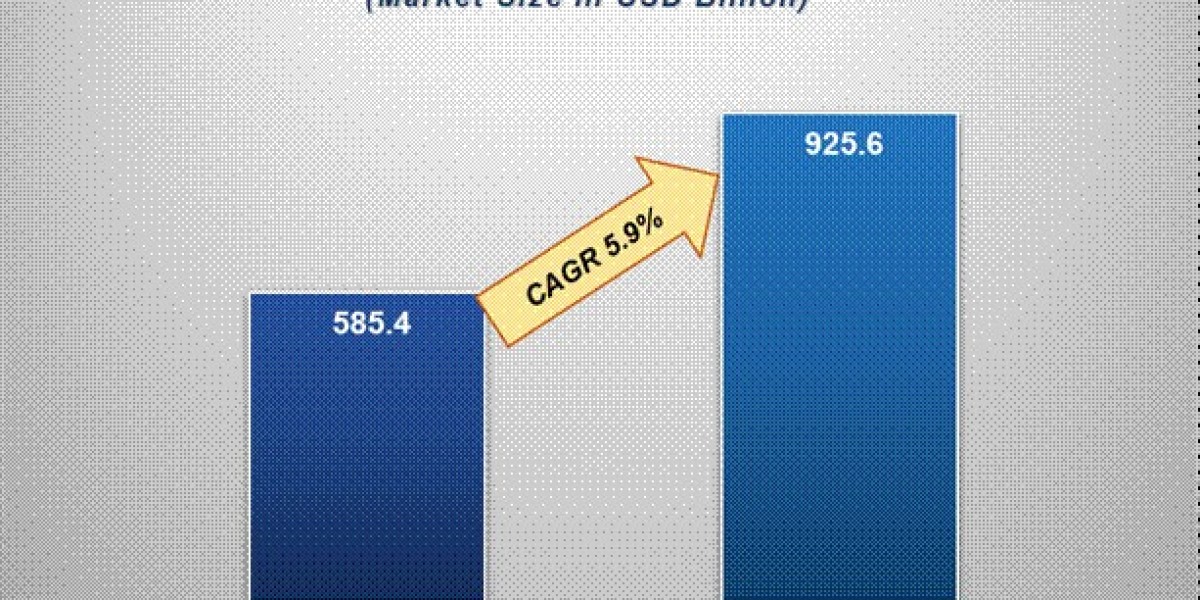Unlock the Secrets to Choosing the Perfect Trolling Motor Battery for Unstoppable Adventures!
For boating enthusiasts, selecting the right trolling motor battery can make all the difference in ensuring an exhilarating and uninterrupted experience on the water. Whether you're fishing in tranquil lakes or navigating swift river currents, the performance of your trolling motor largely depends on the battery you choose. A quality trolling motor battery not only enhances your motor's efficiency but also prolongs your time on the water, allowing you to explore and enjoy your adventures to the fullest. In this article, we will delve into the types of trolling motor batteries, their specifications, and essential maintenance tips, providing you with all the information you need to make an informed decision.

Understanding Trolling Motor Batteries
Trolling motor batteries are specialized batteries designed to power electric motors used on boats, especially for activities like fishing. Unlike standard car batteries, trolling motor batteries are built to provide a steady flow of power over extended periods, which is crucial for maintaining the motor's performance throughout your trip. They come in various types, each with unique characteristics suited to different boating needs. Understanding how these batteries function and their importance will help you appreciate why choosing the right one is essential for a successful outing on the water.
Types of Trolling Motor Batteries
When it comes to trolling motor batteries, there are three primary types to consider: lead-acid, lithium-ion, and AGM (Absorbent Glass Mat). Each type has its own set of advantages and disadvantages, which can significantly affect your boating experience. For instance, while lead-acid batteries are typically more affordable, they may not provide the same longevity or weight efficiency as lithium-ion batteries. Lithium-ion batteries, on the other hand, are known for their lightweight design and long life, but they come with a higher price tag. AGM batteries offer a middle ground with their spill-proof design and maintenance-free operation, making them a popular choice among boaters. Understanding these differences is critical in making an informed decision.
Lead-Acid Batteries
Lead-acid batteries are the traditional choice for many boaters. They come in two primary types: flooded and sealed. Flooded lead-acid batteries are less expensive but require regular maintenance, including checking water levels. Sealed lead-acid batteries, while more convenient, are typically heavier and have a shorter lifespan than their lithium counterparts. The main advantage of lead-acid batteries is their lower upfront cost, which appeals to budget-conscious boaters. However, they generally have a lower energy density, meaning they are bulkier and heavier for the same amount of energy compared to lithium-ion batteries.
Lithium-Ion Batteries
Lithium-ion batteries are gaining popularity in the boating community due to their impressive performance characteristics. They are significantly lighter than lead-acid batteries, allowing for easier handling and installation. Additionally, lithium-ion batteries have a higher energy density, which means they can store more energy in a smaller space. This translates to longer run times and less weight on your boat. However, the downside is their higher initial cost and the need for a compatible charger to maximize their lifespan. Friends of mine who have made the switch to lithium-ion batteries have reported noticeable improvements in their trolling motor's responsiveness and overall performance.
AGM Batteries
AGM batteries are a hybrid option that combines features of both lead-acid and lithium-ion batteries. They are sealed, spill-proof, and require no maintenance, making them a hassle-free choice for boaters. AGM batteries also have a longer lifespan than traditional lead-acid batteries and can handle deep discharges better. However, they are typically heavier than lithium-ion batteries and can be more expensive than flooded lead-acid options. Many boaters appreciate AGM batteries for their reliability and ease of use, especially those who prefer a low-maintenance option while enjoying their time on the water.
Specifications to Consider
When selecting a trolling motor battery, it’s important to consider key specifications that affect performance. One crucial factor is the amp-hour (Ah) rating, which indicates how much energy the battery can deliver over a specific period. The higher the Ah rating, the longer your motor can run on a single charge. Voltage is another important specification; most trolling motors operate at 12V, but some may require 24V or 36V systems. Lastly, weight is a consideration, especially for smaller boats where every pound counts. A lighter battery can enhance your boat's speed and maneuverability, which is particularly beneficial when you're navigating tight spots or racing against the wind.
Maintenance Tips for Trolling Motor Batteries
To ensure the longevity and optimal performance of your trolling motor battery, regular maintenance is essential. Always follow the manufacturer's charging guidelines, as overcharging can lead to reduced battery life. When storing your battery, keep it in a cool, dry place, and disconnect it from the motor to prevent any drain. Additionally, performing regular checks on the battery’s terminals and connections can help prevent corrosion and ensure a solid electrical connection. I learned this the hard way when a friend's boat wouldn't start due to corroded connections. A little routine maintenance can go a long way in avoiding such frustrating situations.
Final Thoughts on Selecting Your Trolling Motor Battery
Choosing the right trolling motor battery is crucial for maximizing your time on the water. By understanding the different types of batteries available, their specifications, and the maintenance required, you can make an informed decision that suits your boating needs. Whether you prioritize weight, cost, or longevity, taking the time to evaluate your options will ultimately lead to a more enjoyable and hassle-free boating experience. So before you head out on your next adventure, consider what type of battery will best enhance your journey, and make sure to do your research to find the perfect fit for your specific requirements.








